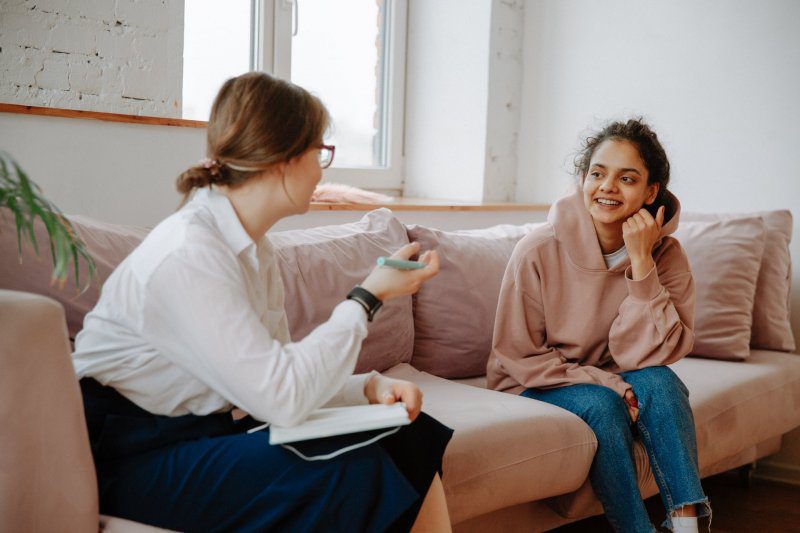What is Gestalt Therapy?
In Gestalt psychotherapy, the focus is on gaining a better understanding of ourselves. The client is seen as the expert of their life and also has the inner ability to support themselves, but might need some assistance to get the process going and support the client to get unstuck. It’s an experiential therapy, which means it focuses on bringing an experience into the therapy room and together explore what is happening in the session between the therapist and the client.
Gestalt therapy is a therapy that can be applied to many different struggles the client is experiencing, including anxiety, depression, loss or psychological trauma. It can be used with different client groups too, such as with children, adolescents, couples, families and even in a group setting.
The therapy room is a safe space where the client can be assured that what is discussed or explored in the session will be kept safe and confidential between themselves and the therapist. In Gestalt therapy, the relationship that a client builds with the therapist is supported to develop a strong trusting relationship, even if it sometimes means needing to confront or give critical feedback. The client is seen as the expert of their life, and the therapist is actively curious to understand what makes the client tick and how they go about issues that they face.
The questions this therapy tries to answer are: What are you experiencing? What purpose does it serve? What do you need right now? How do you stop yourself from achieving what you need? How can we achieve this need? The answers are not always easy or comfortable but they give a better insight into who we are and how we relate with others.
Gestalt therapy can sometimes be creative in trying to achieve these answers. In therapy we could use images and metaphors, dreams, observing what is happening in the body or even doing small experiments. These activities aim to build awareness on what the client is experiencing and what they may need in that moment. Sometimes, they can bring to light coping mechanisms that the client already has in their arsenal and might have forgotten, or not realised that they can utilise them in different circumstances.
The goal is then to be able to take all this information learnt and be able to use it outside of the therapy room without the therapist’s support in order to live a more self-supported, authentic and meaningful life.
Petra Borgis a Trainee Gestalt Psychotherapist currently reading for a Masters in Gestalt Psychotherapy from the Gestalt Therapy Institute Malta (GPTIM) and working at Willingness as a Trainee Psychotherapist. She has experience as a Triage Officer and has also worked closely with Willingness over several years, coordinating the international internship programme and providing support over diverse events and initiatives.
References:
Joyce, P., & Sills, C. (2014). Skills in Gestalt Counselling and Psychotherapy. London: Sage Publications Ltd.
Woldt, A., & Toman, S., M. (2005). Gestalt Therapy: History, Theory and Practice. CA, US:Sage Publications Inc.







